FIA Announces Verdict on Charles Leclerc Incident at I…read more
In a significant development following the recent Imola Grand Prix, the Fédération Internationale de l’Automobile (FIA) has announced its official verdict regarding the penalties imposed on Formula 1 driver Charles Leclerc. The incident, which occurred during the closing stages of the race, has stirred considerable debate among fans, teams, and analysts alike, leading to intense scrutiny of both the event and the subsequent FIA response.
During the Imola Grand Prix, held in early May, Charles Leclerc, driving for Scuderia Ferrari, found himself involved in a controversial collision with a rival competitor. The race was already heated, marked by a series of tactical maneuvers and on-track battles. As the cars approached the notorious Acque Minerali section, an area well-known for its challenging corners, Leclerc attempted an ambitious overtaking maneuver. Unfortunately, this maneuver resulted in contact with another driver, prompting immediate concerns about driver safety and race regulations.
The FIA, responsible for upholding the integrity of motorsport, acted swiftly to investigate the incident. They conducted a thorough review of the race footage, analyzed telemetry data, and consulted with race officials before arriving at a conclusion. After careful deliberation, the governing body announced its decision, which involves a formal reprimand for Leclerc but stops short of any further penalties such as grid penalties or time additions to his race time.
The verdict has elicted a mixed reaction from the F1 community. Many fans expressed their disappointment, feeling that the punishment did not reflect the severity of the incident. Critics argue that the FIA’s response lacked the necessary deterrent effect, particularly in a sport where safety is paramount. They emphasized the need for stricter penalties to discourage aggressive driving that puts both drivers and teams at risk.
Conversely, supporters of Leclerc defended his actions, asserting that he was simply racing hard and did not intentionally cause the collision. They argued that close racing scenarios like this are part of what makes Formula 1 exciting and that drivers should be given some leeway to compete fiercely. This view aligns with the FIA’s longstanding philosophy of promoting racing where the spirit of competition is not stifled by excessive punitive measures.
Leclerc himself addressed the incident shortly after the FIA’s announcement, expressing relief at the lack of heavy penalties. He acknowledged the responsibility that comes with racing and indicated his desire to learn from the experience. “In the heat of the moment, competitive instincts take over,” Leclerc stated. “I want to ensure that I balance aggression with caution in the future, as both my safety and that of my fellow drivers are paramount.”
The 2025 season has already been a thrilling one, with fierce competition among top-tier teams such as Ferrari, Mercedes, and Red Bull. The Imola Grand Prix incident has only added fuel to the debate over driver conduct and safety in F1. As the season progresses, teams will be closely watching how race stewards enforce regulations and respond to similar incidents, knowing that each race can have implications for the championship standings.
Looking ahead, the FIA is expected to revisit its policies regarding race incidents, particularly as the sport evolves to further enhance safety measures. Discussions around implementing more transparent guidelines for penalties and a clearer delineation between racing incidents and reckless driving are anticipated. These conversations come in the wake of recent incidents that may have tested the boundaries of fair racing, prompting a reassessment of what constitutes an acceptable level of aggression on the track.
In conclusion, the FIA’s verdict on the Charles Leclerc incident at the Imola Grand Prix has sparked widespread discussion within the motorsport community. While the decision may not satisfy all parties involved, it highlights the ongoing challenge of balancing competitive racing with the imperative of safety. As the 2025 Formula 1 season unfolds, the eyes of fans and teams will remain keenly focused on how such incidents are handled, shaping the future landscape of the sport. Leclerc’s response and the FIA’s ongoing deliberations may serve as pivotal moments in defining how racing will be conducted in the coming years, as the sport strives for both excitement and safety on the track.
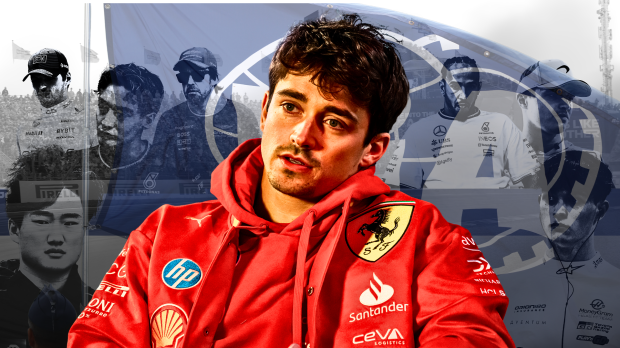
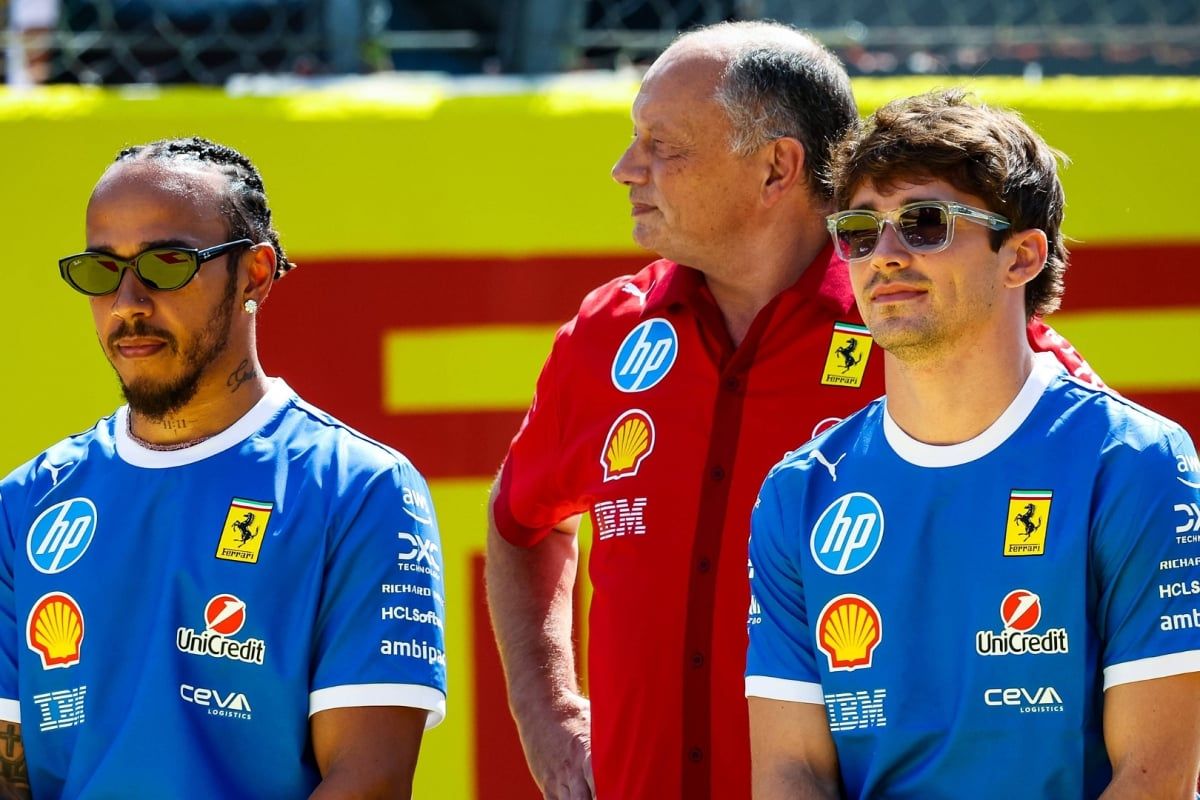
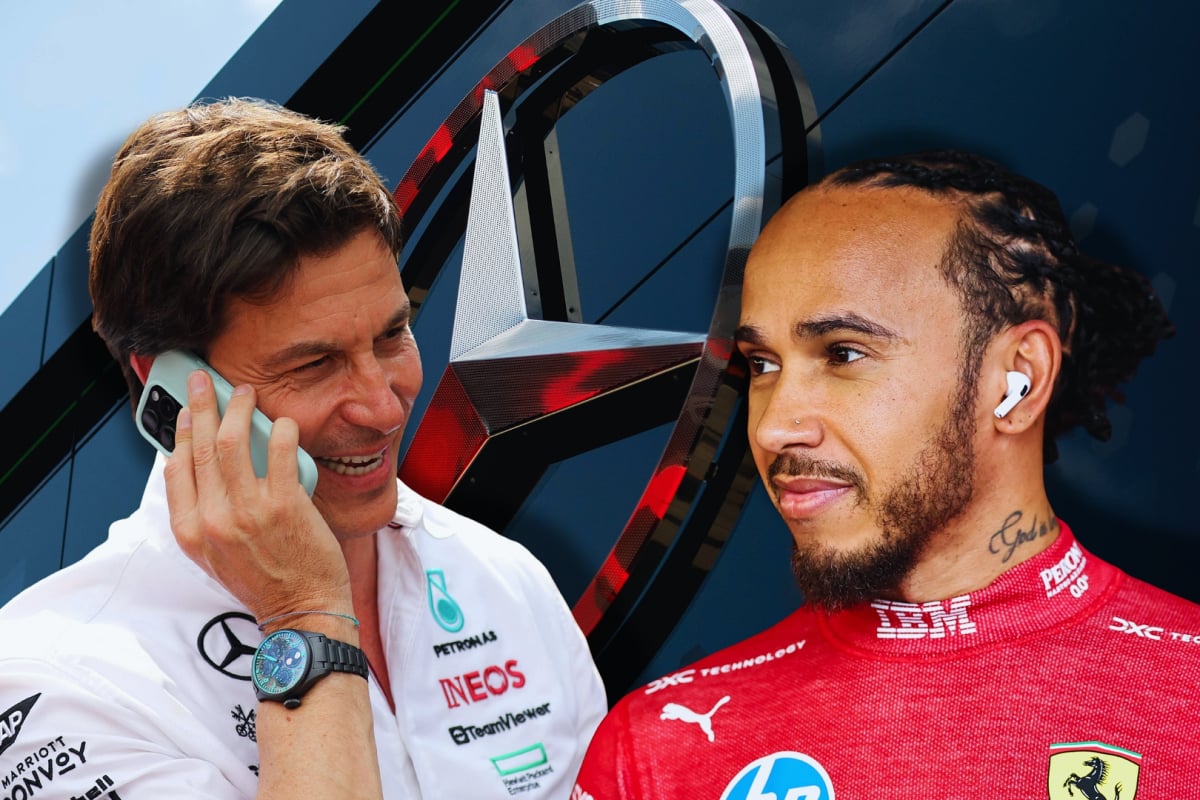
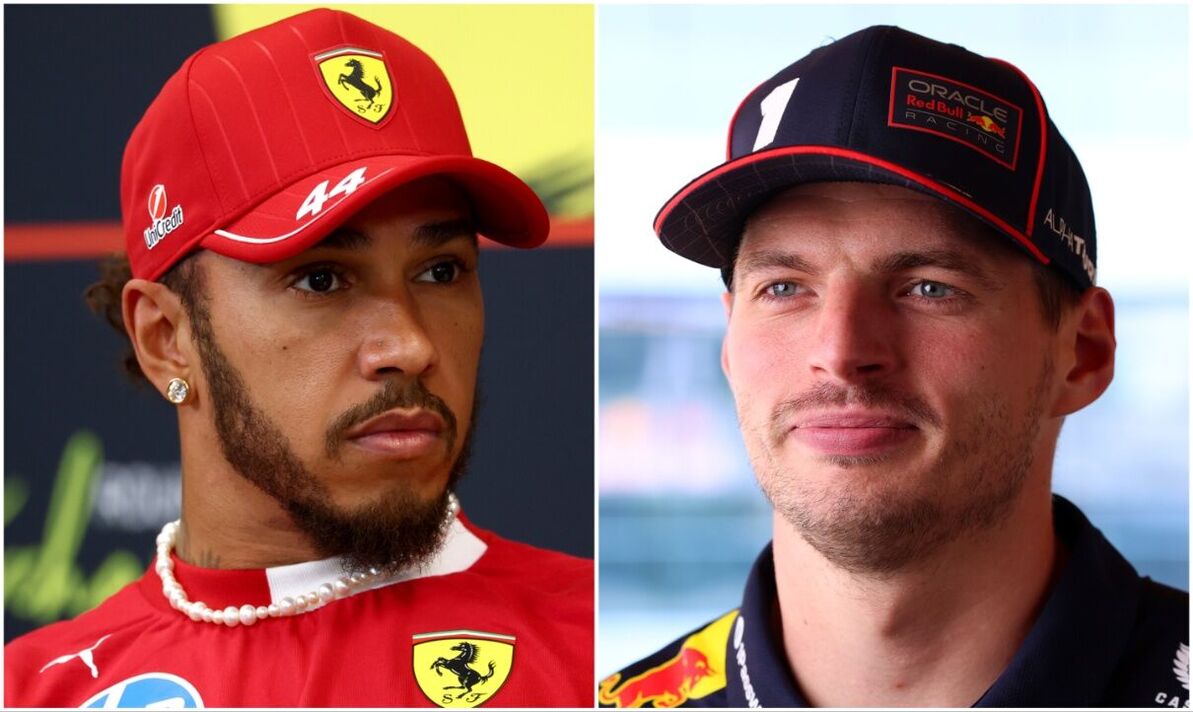
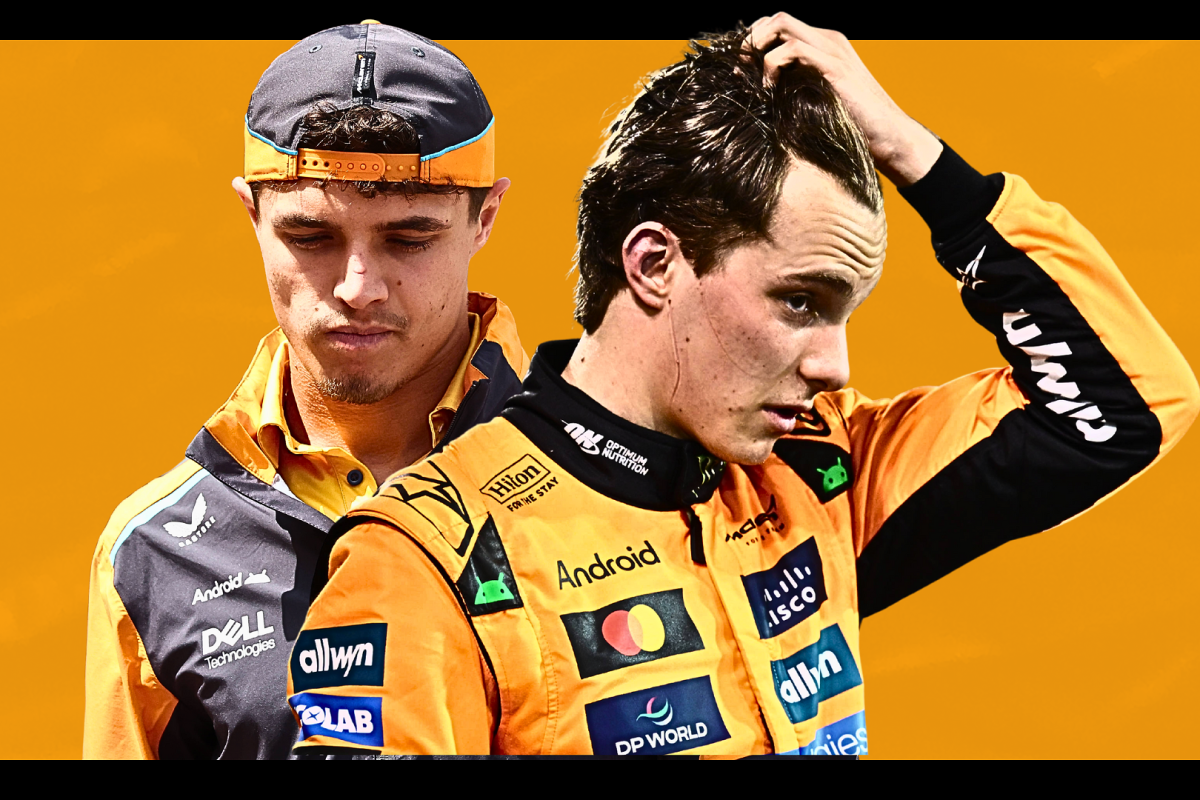
My husband and i were so glad Chris managed to conclude his web research by way of the precious recommendations he came across while using the web site. It is now and again perplexing just to always be giving for free information some people might have been trying to sell. And we see we need the website owner to be grateful to for this. The specific illustrations you’ve made, the easy blog navigation, the friendships you can assist to engender – it’s got most remarkable, and it is facilitating our son and us recognize that this issue is excellent, and that is exceptionally vital. Thank you for everything!